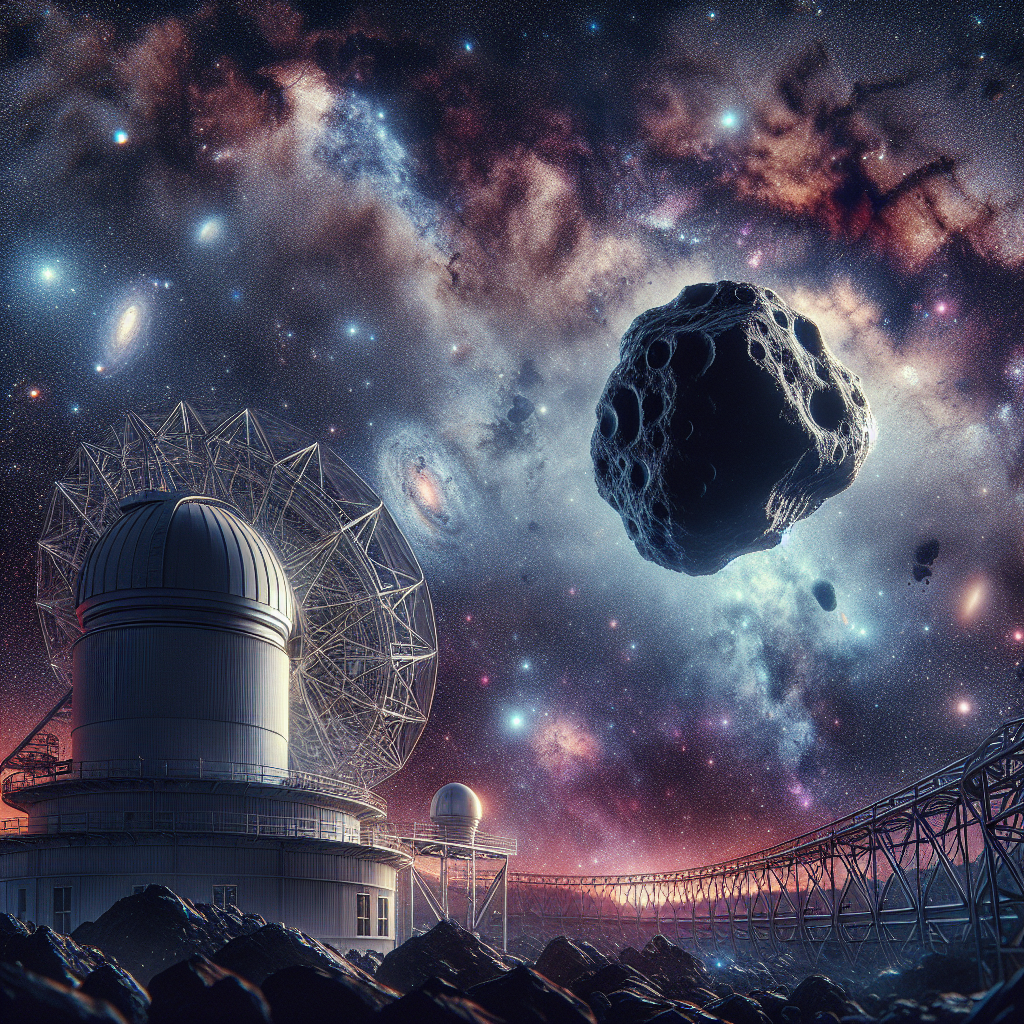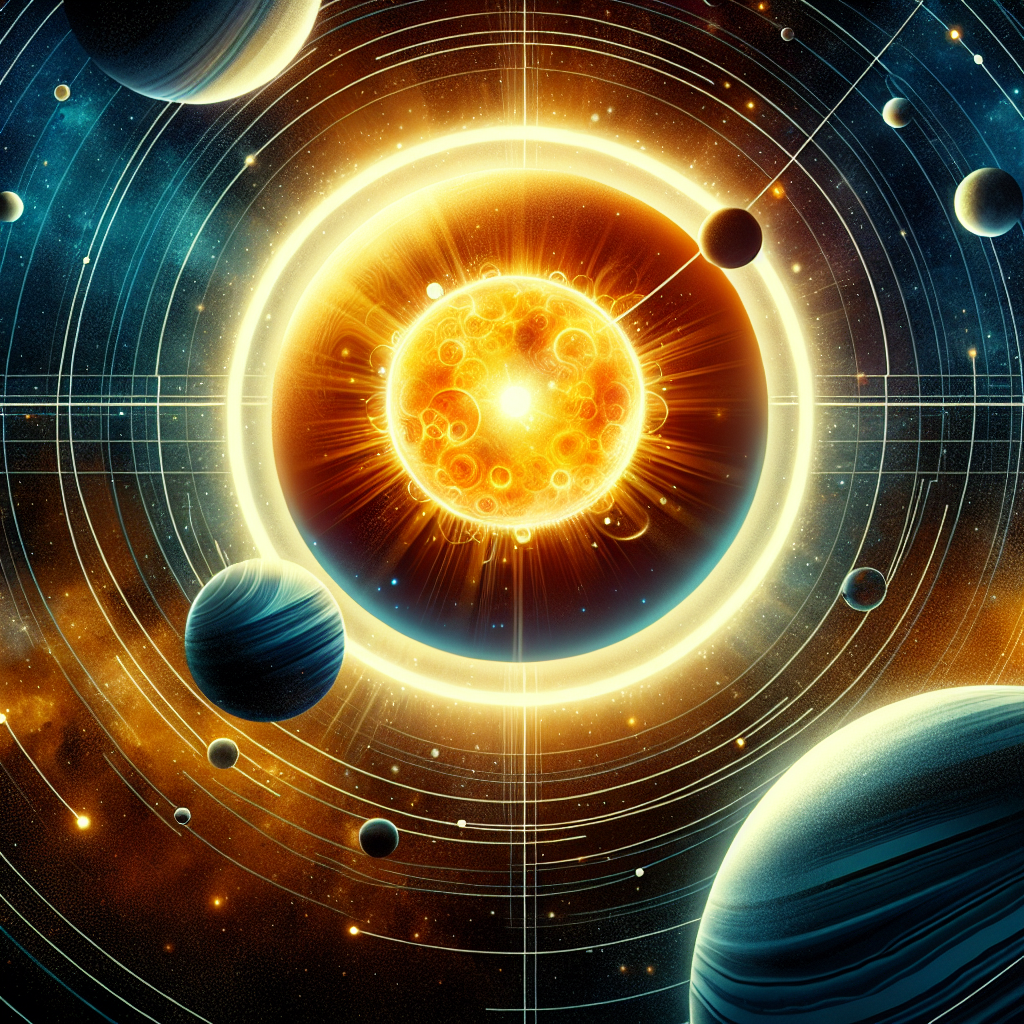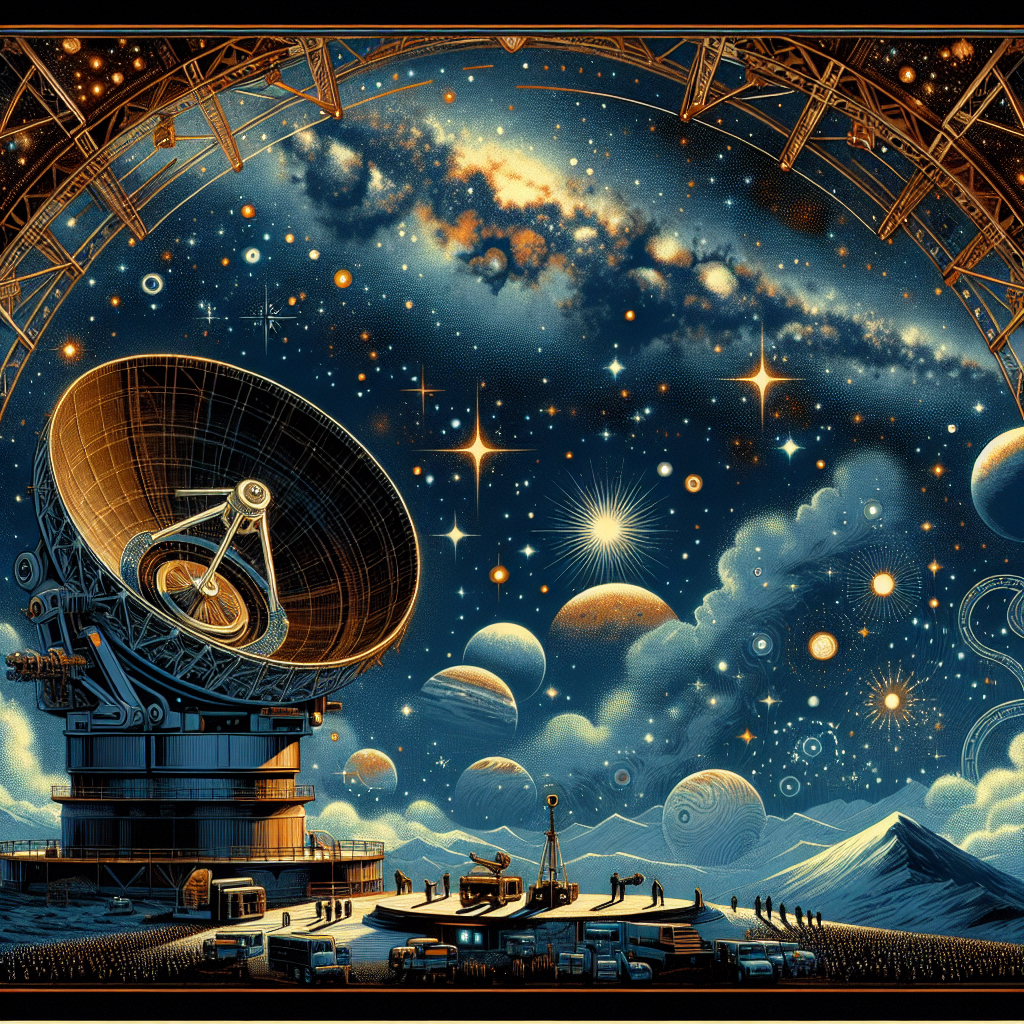Title: Vera Rubin Observatory Discovers Record-Breaking Superfast Asteroid
The Vera Rubin Observatory, an astronomical observatory located in Chile, has made a groundbreaking discovery by spotting the fastest-spinning large asteroid ever found. The observatory has identified a total of 19 new “superfast rotator” asteroids, redefining our understanding of the cosmos.
The discovery of these superfast rotators adds a new dimension to our knowledge of the asteroid belt – a region of space located between the orbits of Mars and Jupiter, teeming with remnants from the early solar system. The highlight of these discoveries is a large space rock, now holding the record as the fastest-spinning big asteroid ever found.
The asteroids that usually cross our radar are slow rotators, taking hours to complete a single rotation. However, these newly discovered fast-spinning asteroids are a different breed altogether. They flaunt their speed, spinning around their axis in mere minutes. The observation of such quick rotation is a rare phenomenon, especially for large asteroids, making this discovery all the more significant.
The record-breaking asteroid has been named as the “fastest-spinning big space rock,” indicating its unique characteristic. The speed at which this asteroid spins is so remarkable that it challenges the limits of what scientists thought was possible. The discovery of these superfast rotators is changing the face of asteroid research, providing new insights into the formation and evolution of these celestial bodies.
The discovery was made possible by the state-of-the-art capabilities of the Vera Rubin Observatory. The observatory is equipped with the Large Synoptic Survey Telescope (LSST), one of the world’s most powerful telescopes. The LSST is capable of capturing images of the entire available sky every few nights, making it an invaluable tool for spotting and tracking asteroids.
The Vera Rubin Observatory’s discovery of these superfast rotators presents a fascinating opportunity to study these celestial objects in a new light. This discovery could potentially uncover hidden secrets about the early days of our solar system. It might also provide crucial information to help protect our planet from potential asteroid impacts.
The discovery of these superfast rotators comes as a reminder of the awe-inspiring and ever-changing universe we inhabit. As scientists continue to investigate these fast-spinning celestial bodies, we are once again reminded that space exploration continues to offer unexpected and thrilling discoveries.
The Vera Rubin Observatory’s groundbreaking discovery opens a new chapter in the study of asteroids. It’s a testament to the power of human curiosity and the relentless pursuit of knowledge about our universe. This discovery underscores the importance of research in deep space exploration, and the potential it holds for unveiling the mysteries of our cosmic backyard.
Read more from the original source here: [https://www.space.com/astronomy/asteroids/vera-rubin-observatory-discovers-the-fastest-spinning-asteroid-ever-and-its-huge](https://www.space.com/astronomy/asteroids/vera-rubin-observatory-discovers-the-fastest-spinning-asteroid-ever-and-its-huge).










